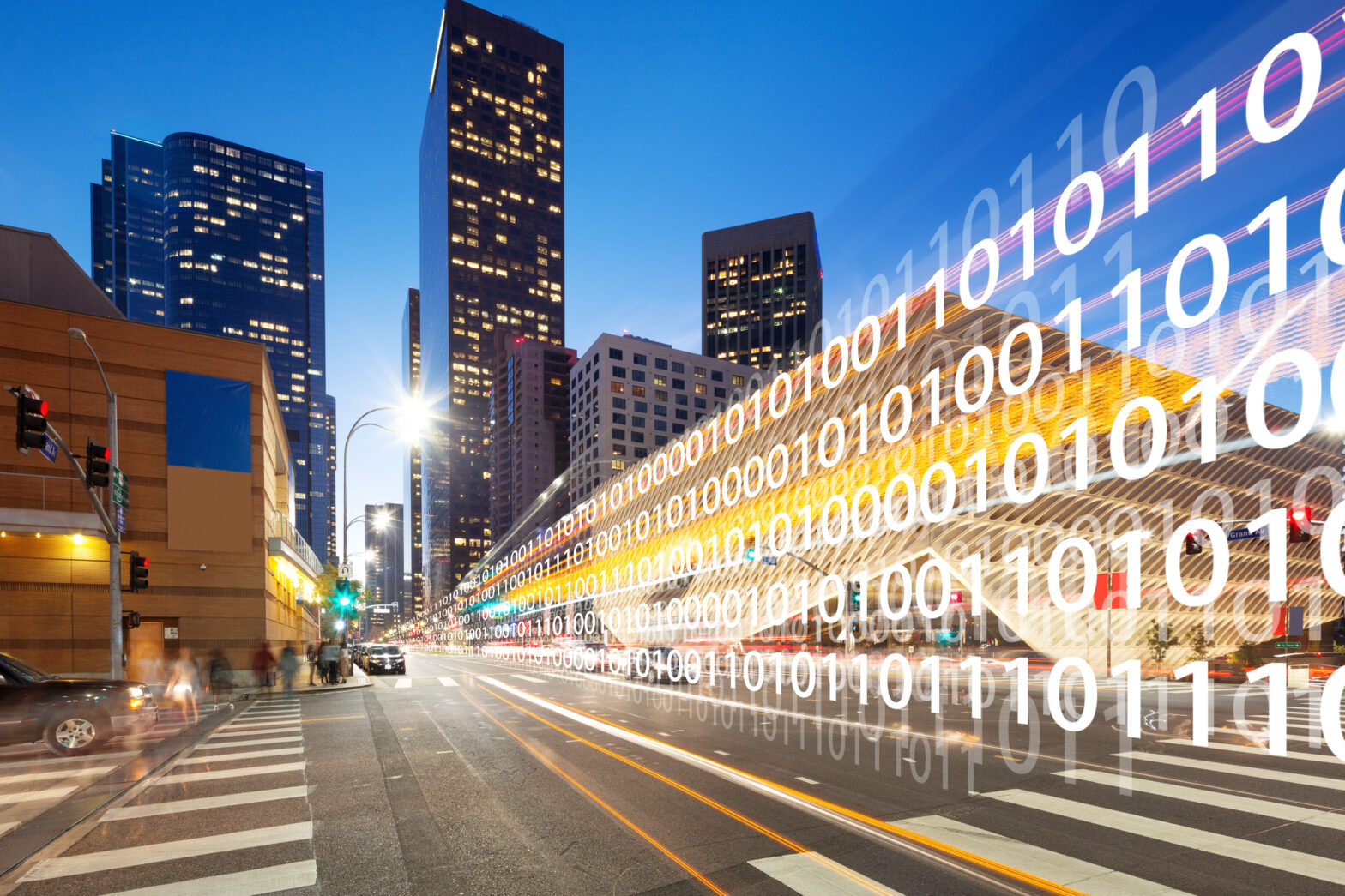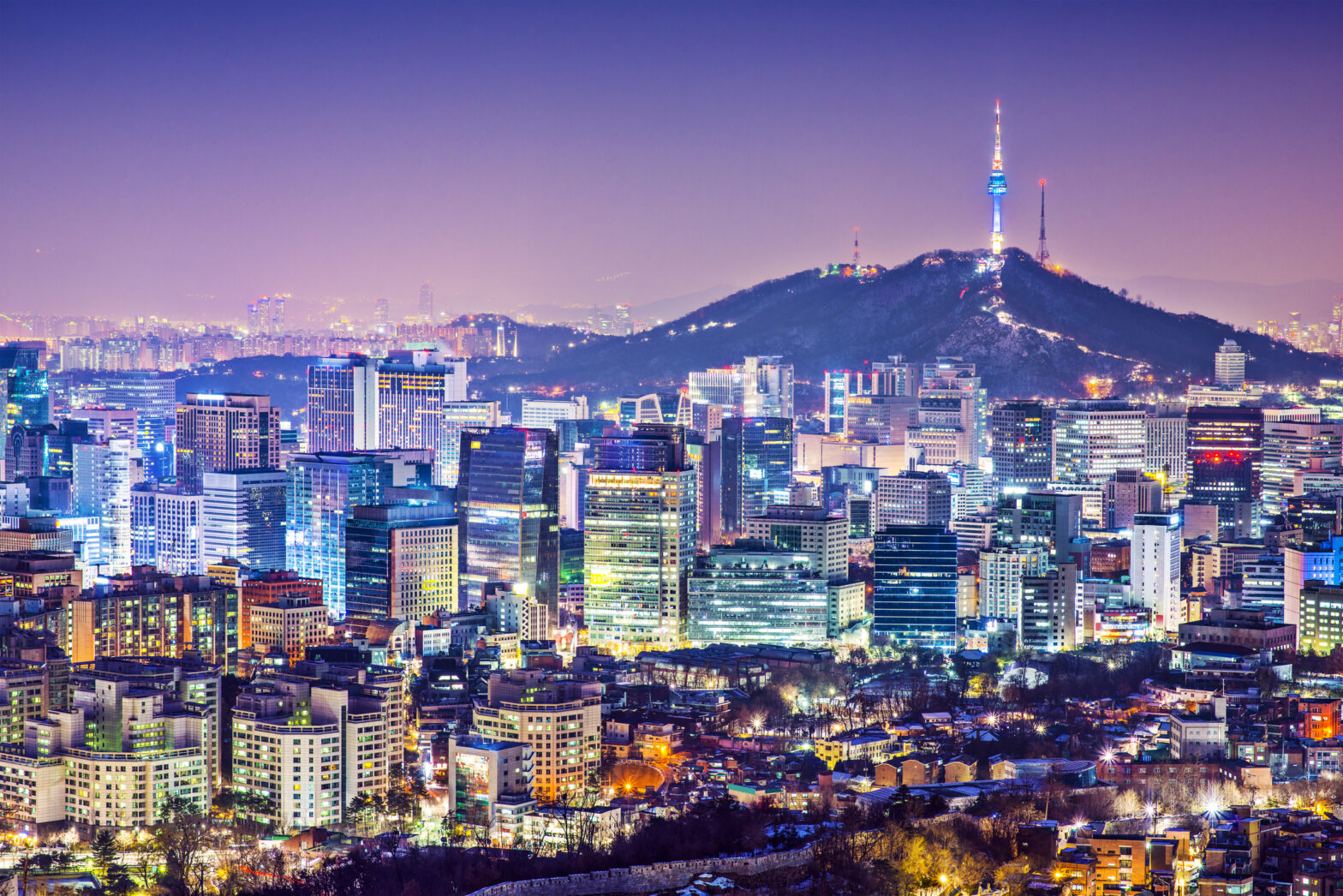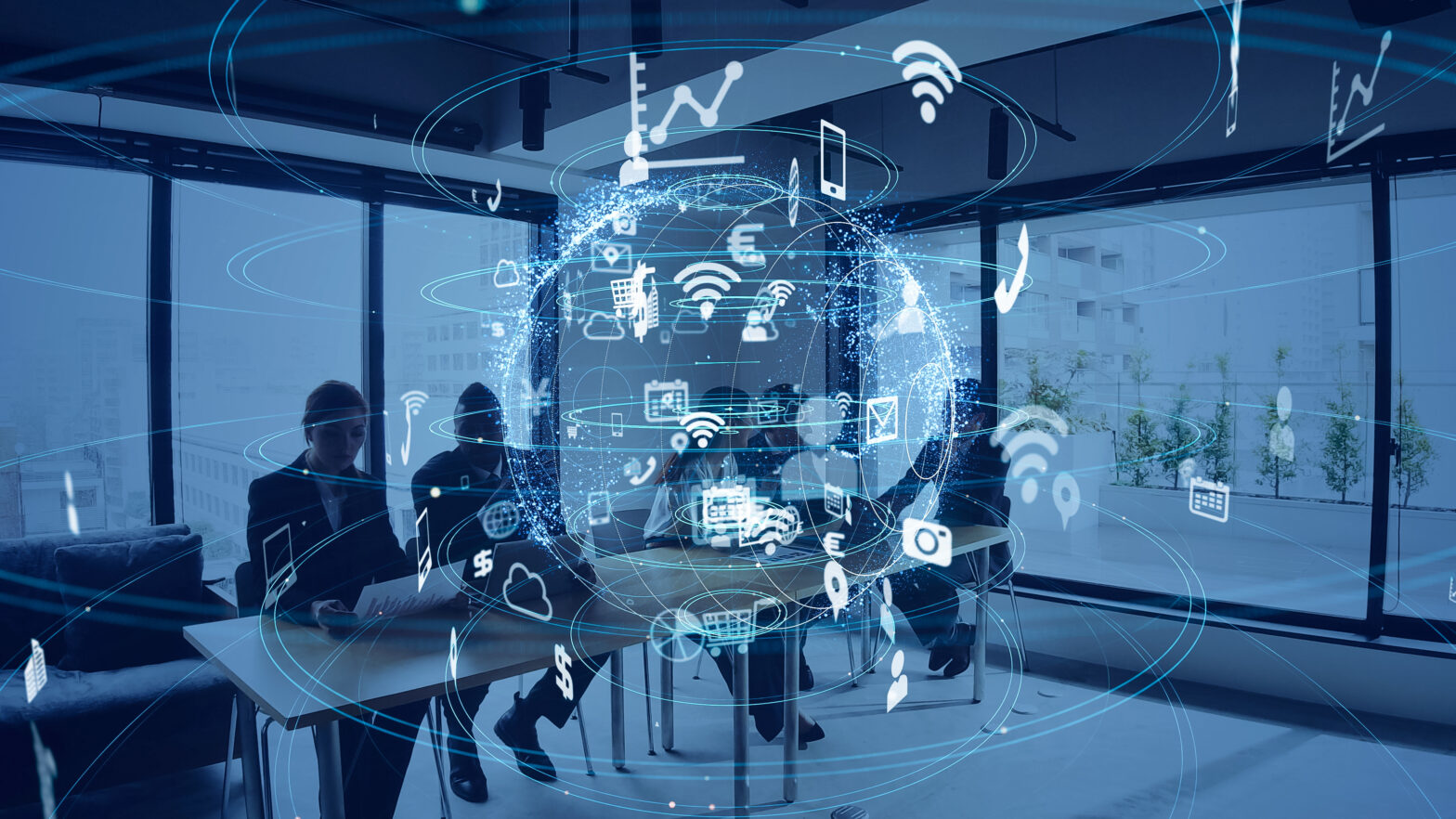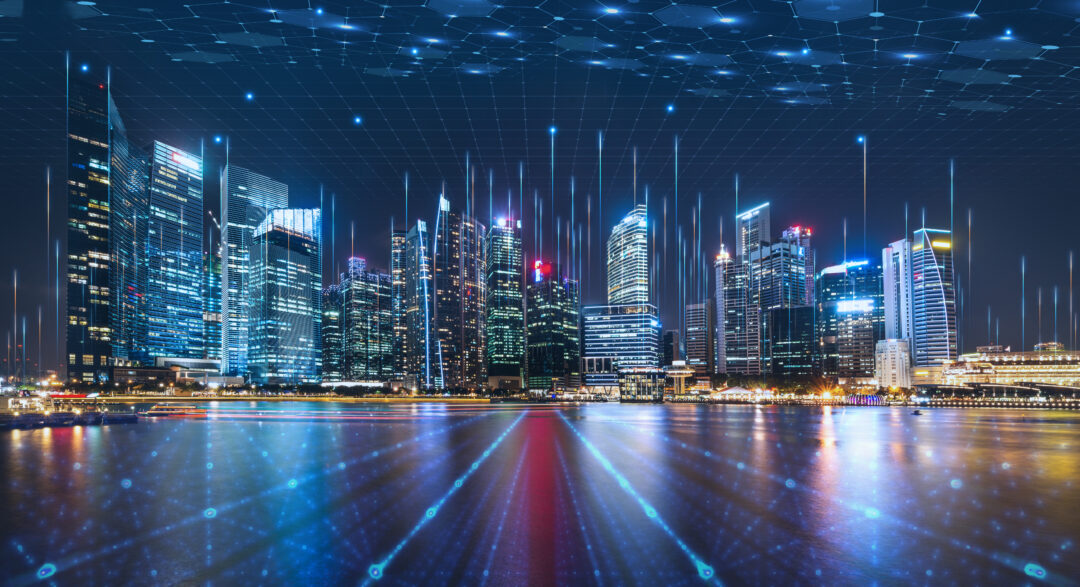In 1900, only 14% percent of the world’s population lived in urban areas. Today, for the first time in history, more than half the planet’s population resides in cities, which are fast becoming innovation hubs and are developing quickly into smart cities. The number of smart cities around the world is expected to grow exponentially over the next few years and by 2050, 70 per cent of the world’s population will be living in smart cities.
Smart cities use Internet of Things (IoT) devices and sensors to gather and analyse information across infrastructure. This helps city authorities to intelligently manage their assets, increase efficiencies, revolutionise transport, reduce costs, and in theory, enhance overall quality of life for residents.
>See also: The smart nation: Singapore’s masterplan
People often talk about how technology is changing the way they live their lives now but what if they were to take a peek into what the future might look like? How long will it be before cities are filled with extraordinary and innovative technology? This new interactive graphic has the answers.
In 2020, Uber will be trialing flying on demand taxis in Dallas and Dubai and, just three years later, they hope to be transporting passengers, meaning public transport will become unrecognisable. The timetabled and scheduled services we have in place today will become a thing of the past.
2030 will bring the introduction of Connected street lights, which will stream data between millions of devices and improve city services such as light, traffic, air quality, public safety and parking. Lighting technology will be at the heart of urban life in 2030, helping deliver more sustainable and better-connected smart cities.
>See also: The role of the Internet of Things in developing smart cities
A city’s lighting infrastructure will offer enormous potential to be part of a city-wide network capable of acquiring data and delivering information and services to and from millions of devices, from dustbins to autonomous vehicles.
And if that wasn’t enough, by 2050 take-aways will be delivered by drones, replacing motorbikes and cars. One pizza manufacturer has already tested drone delivery and some predict these automated flying machines will fill the skies replacing the couriers of today.
Public buildings are also set to become smarter and aware of their surroundings by 2050. They will monitor data in a bid to constantly improve themselves. They’ll use this data to run at optimum efficiency and also ensure each occupant is safe and comfortable. Through the use of technology like solar windows, buildings will gather their own energy and become entirely self-sufficient. If they have any energy left over, it’ll be offered to vehicles in the local area to ensure no one runs dry.
>See also: The future of smart cities
Ports will also be taking a leap into the future. By 2060, cargo will travel through hyperloop and will be moved rapidly around the world in smart containers that know their contents and their destination. The ports themselves will will be automated, run on renewable energy and have zero carbon emissions.
Humanity has come a long way since the very first cities began to emerge more than ten thousand years ago. The possibilities for what can be achieved are endless, and the smart city is one exciting area where things will really start to take shape.
Sourced by Drayton










